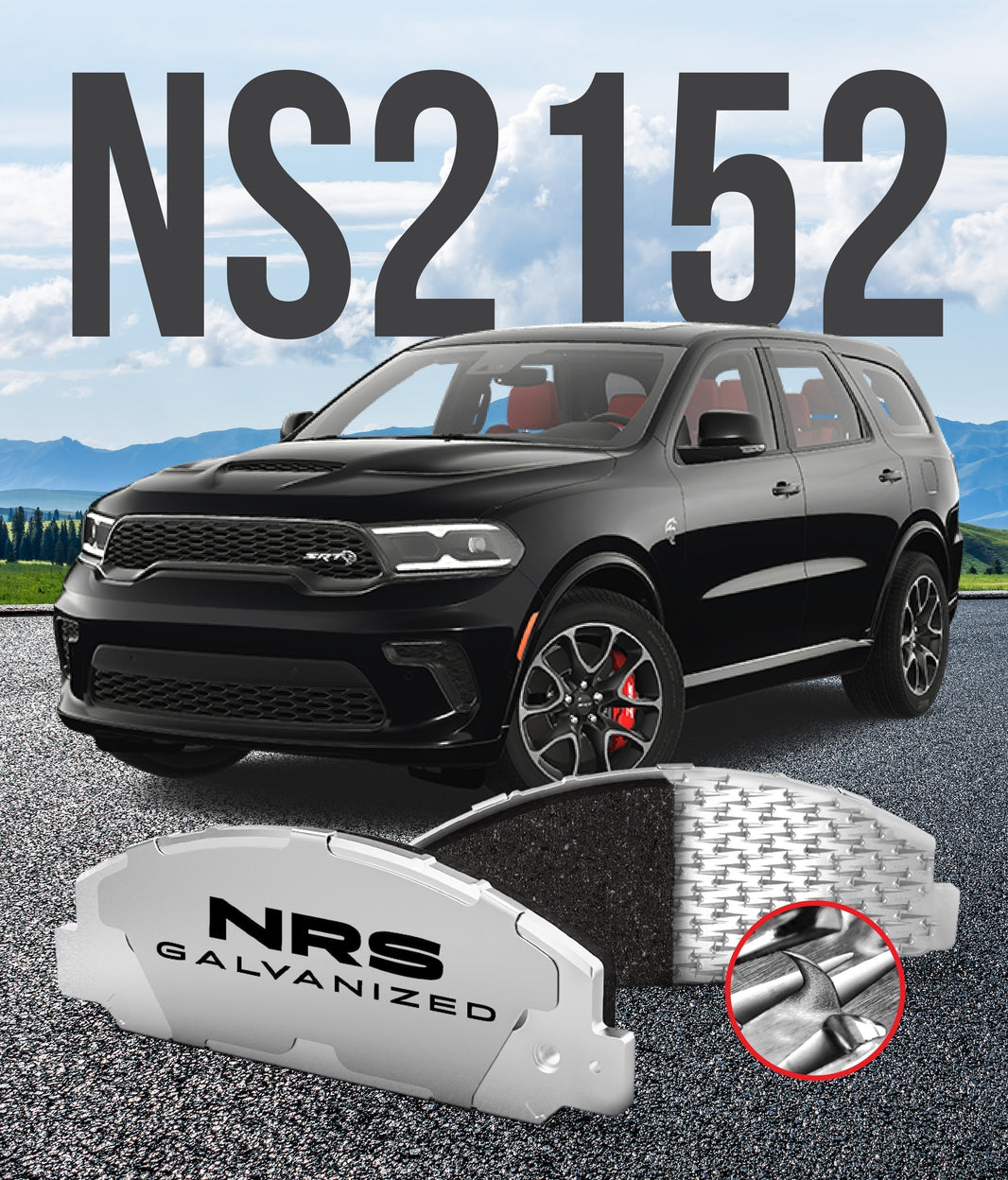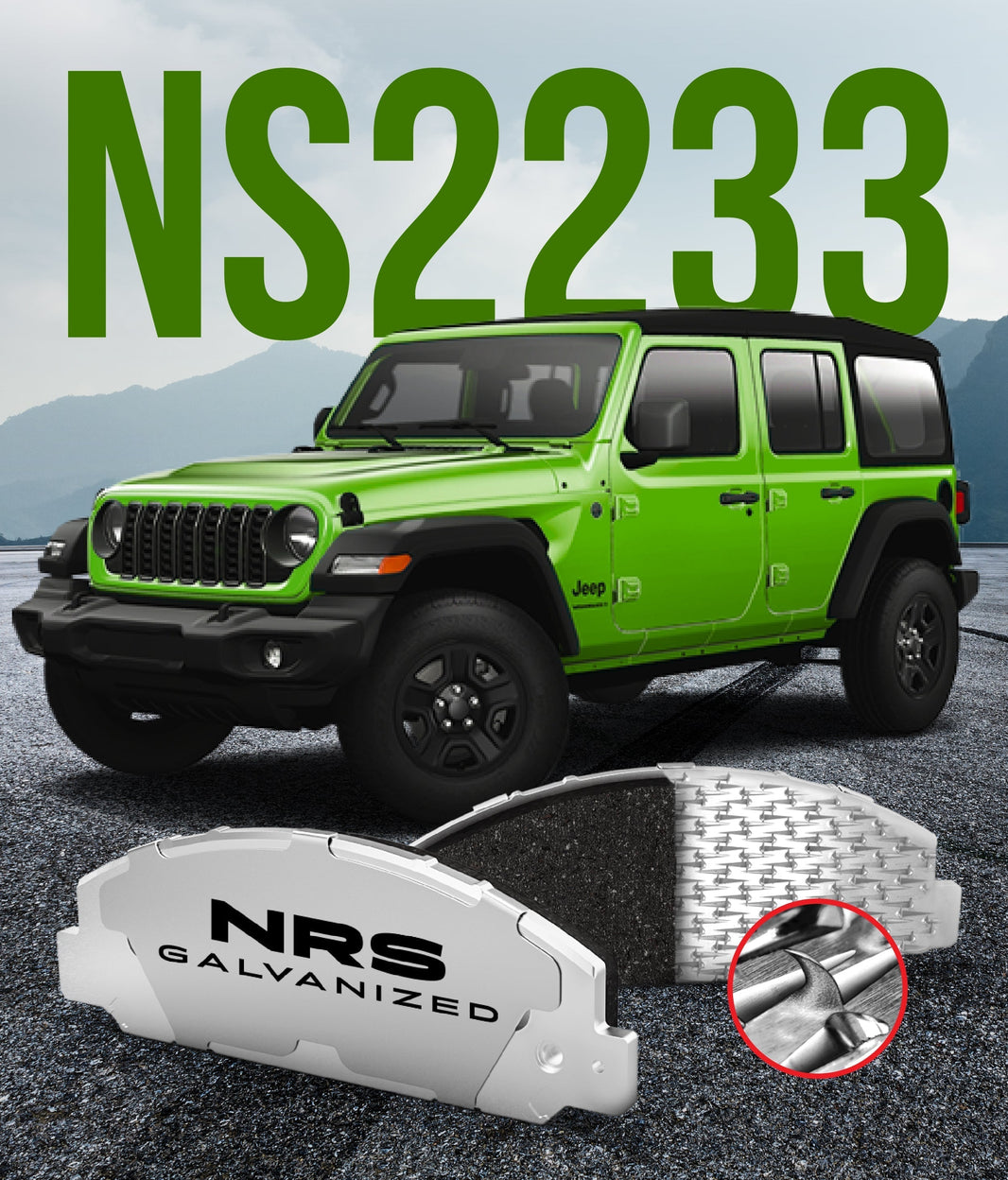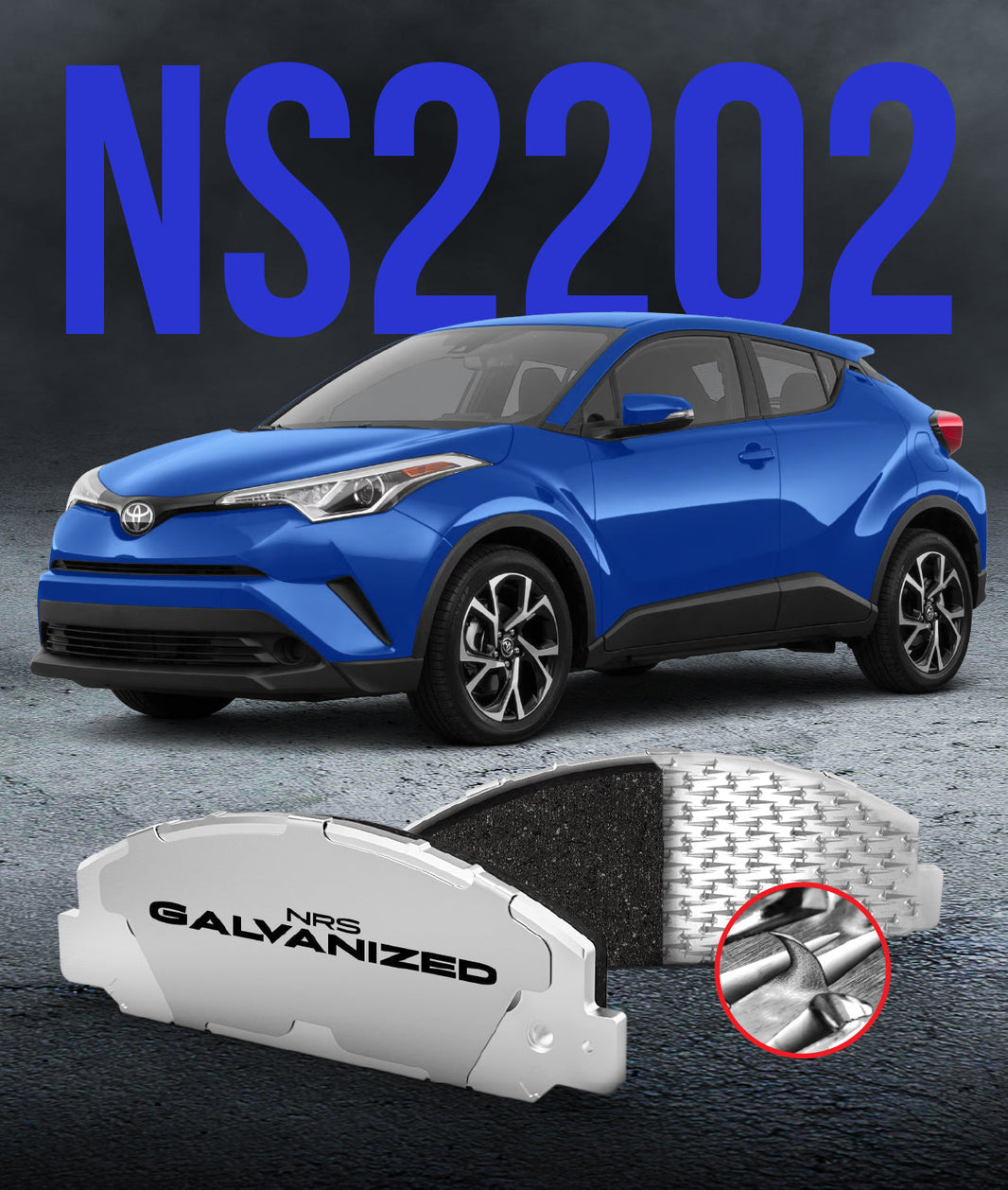
Every driver knows the sound. It is that high-pitched squeal that turns into a gut-wrenching grinding noise, and it almost always seems to start when you are least prepared for a repair bill. That sound is your car's way of telling you it needs a brake job, and it often brings with it a sense of financial uncertainty.
Trying to figure out how much does a full brake job cost can be a confusing experience. The price can vary wildly from one vehicle to another and from one shop to the next. This guide will break down the costs involved so you can understand what you are paying for, budget intelligently, and make informed decisions about your car's most important safety system.
What Does a "Complete Brake Job" Actually Mean?
First, it is important to understand what a mechanic typically means by a "complete brake job." In most cases, this refers to replacing all the major wear components on one axle of your car (either the front or the rear). This almost always includes replacing the brake pads and the brake rotors.
Because brake pads and rotors are designed to wear down together, it is standard practice to replace them as a set. This ensures that the new pads have a perfectly flat, fresh surface to press against, which is crucial for proper performance and longevity. A complete brake job is the most common brake service your vehicle will need.
The Main Factors Affecting Brake Replacement Cost
There is no single, universal price for a brake job. The final cost on your invoice is a result of several key variables. Understanding these factors will help you see why a brake job on a small sedan costs so much less than one on a heavy-duty truck.
These are the main elements that will determine the price of your repair.
Your Vehicle's Make and Model
This is the single biggest factor. The parts for a common, high-volume car like a Honda Civic or Toyota Camry are produced in large numbers and are relatively inexpensive. In contrast, the parts for a European luxury vehicle like a BMW or a large American SUV like a Chevrolet Suburban are larger, more complex, and cost significantly more.
Performance cars are another category altogether. They often use specialized, multi-piston calipers and large, ventilated rotors that are designed for high-heat situations. These high-performance components are much more expensive than standard parts.
The Quality of the Parts
Not all brake parts are created equal. When you get a quote, you are often choosing between different tiers of quality, which will have a direct impact on the price.
-
Economy/Budget: These are the cheapest parts available. They will stop your car, but they often wear out quickly, can be noisy, and may produce a lot of brake dust.
-
OEM (Original Equipment Manufacturer): These are the same parts that your car came with from the factory. They offer a great balance of performance, noise, and durability that was specifically designed for your vehicle.
-
Premium Aftermarket: These are high-quality parts from reputable brands. They are often engineered to meet or exceed the performance of the original parts, sometimes offering benefits like long-lasting brake pads or less dust.
Labor Rates in Your Area
The cost of labor is the other major part of the equation. Shop labor rates can vary widely depending on where you live, with rates in major metropolitan areas often being much higher than in smaller towns. You will also see a difference between the rates at a dealership versus those at an independent repair shop.
A typical brake job on one axle takes a professional mechanic between 1.5 and 2.5 hours to complete. This is a key factor when considering a DIY vs. a pro mechanic for the job.
The Condition of Your Brake System
A mechanic might find other worn or failed parts that need to be addressed during the inspection. This is where the cost can start to climb. Unexpected issues, like a seized caliper or a leaking brake line, can add to the final bill.
The Brake Job Cost Breakdown: Parts and Labor
So, what should you actually expect to pay? We can break down the average cost of a brake job by looking at the price of the parts and the cost of the labor separately.
-
Brake Pads and Rotors Cost: For a standard passenger car, a set of good quality pads and rotors for one axle will typically cost between $150 and $300. For a larger SUV or truck, that cost can easily be between $300 and $600.
-
Labor Costs: With a typical shop rate of $120 per hour and a job time of 2 hours, you can expect to pay around $240 in labor for one axle. This can range from $150 at a lower-cost shop to over $400 at a high-end dealership.
-
Additional Parts and Services: Most shops will also add a small charge for shop supplies, such as lubricants and cleaners. It is also a good practice to flush the brake fluid during a brake job, which might add another $100 to the bill.
-
The Total Average Cost of a Brake Job: When you add it all up, a complete brake job on one axle for a standard car will likely cost between $400 and $700. For a truck or SUV, the total cost is more likely to be in the $600 to $900 range. If your car needs both the front and rear brakes done at the same time, you can expect to pay close to double these amounts.
When the Job Gets Bigger
It is important to remember that the estimates above are for a routine brake job. During the inspection, a mechanic might find other worn or failed parts that need to be addressed. This is where the cost can start to climb.
-
Spongy Brake Pedal: Could indicate a need to bleed the brakes or a failing master cylinder.
-
Vehicle Pulling to One Side: Often points to a stuck or seized brake caliper, which would need to be replaced.
-
Fluid Leaks: A leaking brake hose is a critical safety issue that must be addressed.
-
Dashboard Warning Lights: An ABS or Brake light indicates a more complex electronic or hydraulic problem.
Budgeting for a Critical Repair
The cost of a complete brake job is a significant but necessary part of car ownership. By understanding the factors that influence the price, you can budget more effectively and ask the right questions at the repair shop. While it might be tempting to save money with the cheapest parts, investing in quality parts can often save you money in the long run through better performance and a longer service life.
At NRS Brakes, we focus on engineering premium brake pads that are built for safety and durability. Our galvanized brake pads are designed to prevent the corrosion and rust jacking that cause many cheaper pads to fail. We believe we make the Best Brake Pads on the market because they are a smart investment that provides both superior safety for you and a better long-term value.
What has been your experience with the cost of brake repairs, and do you have any tips for managing the expense?




